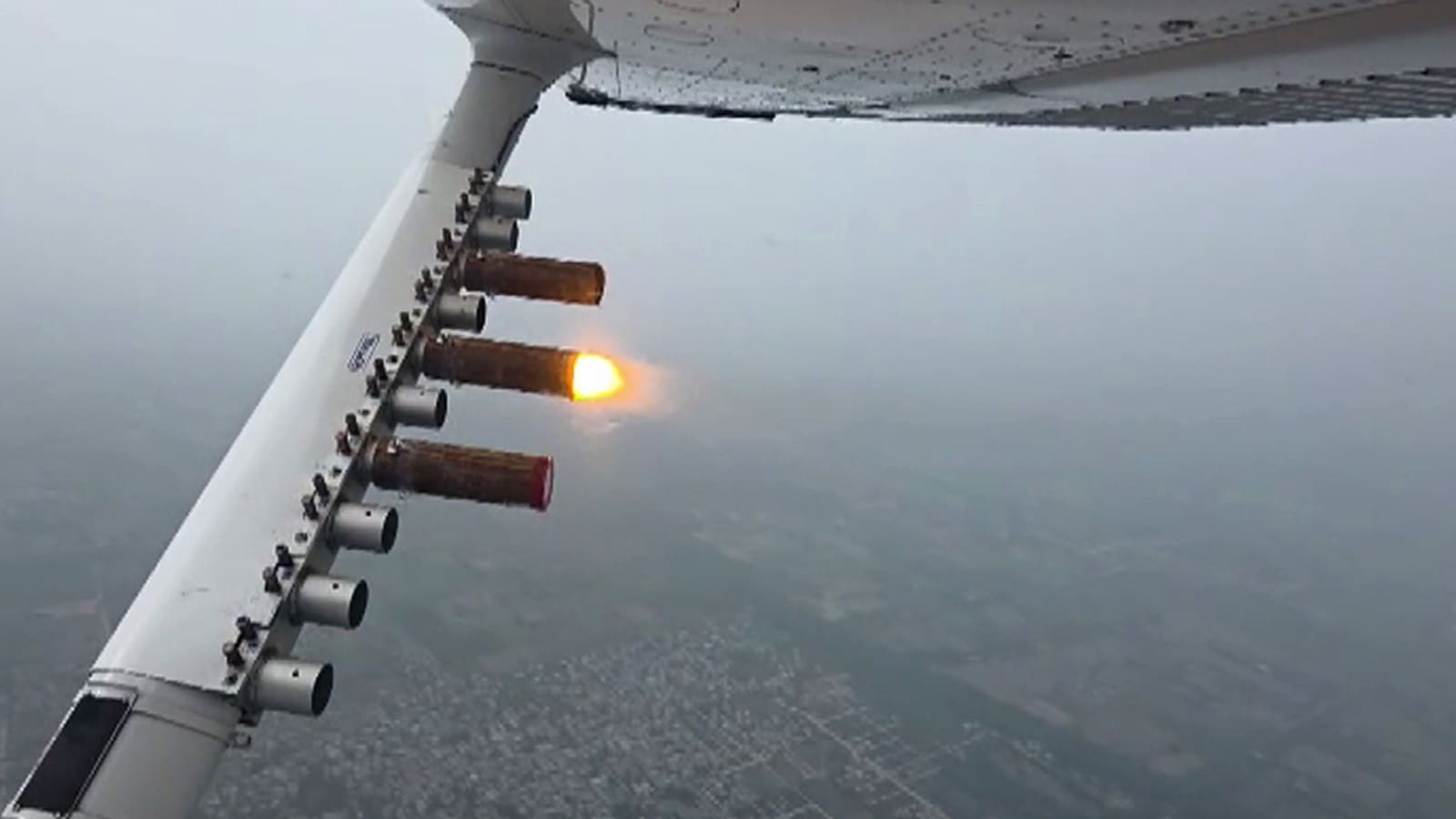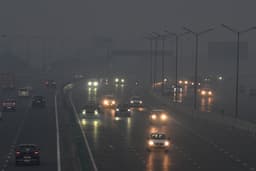Home / Environment / Delhi's Cloud Seeding Trials Fail to Curb Pollution, Data Shows
Delhi's Cloud Seeding Trials Fail to Curb Pollution, Data Shows
30 Oct
Summary
- Delhi conducted cloud seeding trials to reduce pollution
- Data shows air quality improved before trials, not during or after
- IIT-Kanpur reported some reduction in PM2.5 and PM10, but data contradicts

On October 30, 2025, the Delhi government conducted two rounds of cloud seeding trials in an effort to curb the city's air pollution. However, an analysis of official monitoring data paints a different picture than the claims made by Delhi Environment Minister Manjinder Singh Sirsa and IIT-Kanpur.
The data shows that air quality improvements in Delhi began hours before the cloud seeding operation, suggesting the trials had little to no impact. Pollution levels fluctuated and even rose after the experiments, contradicting the reported reductions in PM2.5 and PM10 concentrations.
IIT-Kanpur's preliminary report claimed PM2.5 and PM10 levels dropped at monitoring stations in Mayur Vihar, Karol Bagh, and Burari following the trials. However, the data from the Delhi Pollution Control Committee showed PM2.5 had already declined sharply at the Burari station before the first seeding window. During and after the experiment, the levels hovered around 92-97 µg/m³ before climbing again to 144 µg/m³ by midnight.
Advertisement
Despite the government's efforts, the data indicates Delhi's cloud seeding experiment failed to achieve the desired impact on air pollution on October 30, 2025.




